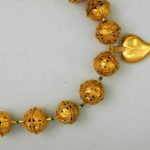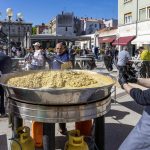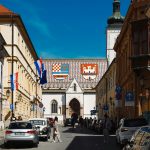February the 6th, 2024 – How much do you know about the Rijeka zvončari? Keeping evil spirits at bay in costumes which alter depending on their origin, a firm favourite is the loud, unabashed performance of the Halubian bellmen.
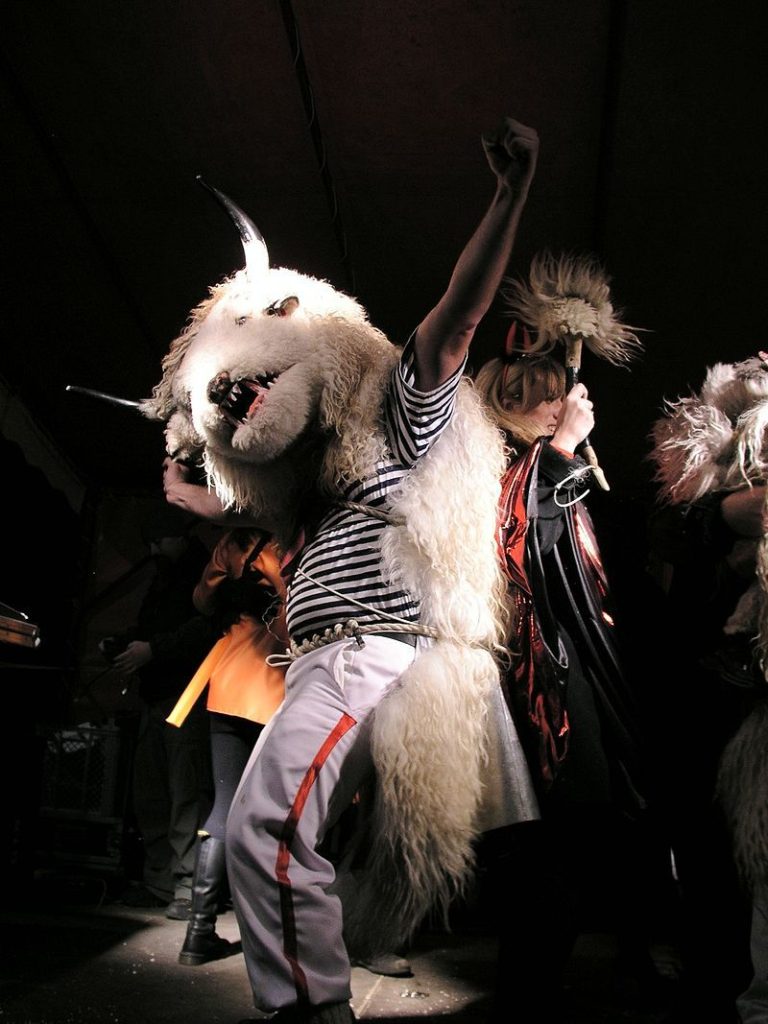
As Nikolina Demark writes, called the Rijeka zvončari in Croatian (zvono standing for bell), the term refers to the long-running folk tradition that dates back to pagan antiquity. When the carnival season rolls around, the bellmen (or bell ringers) don their extravagant costumes and bells, staging a show to chase malevolent spirits away and usher in the fruitful spring season. The process looks (and sounds) like this:
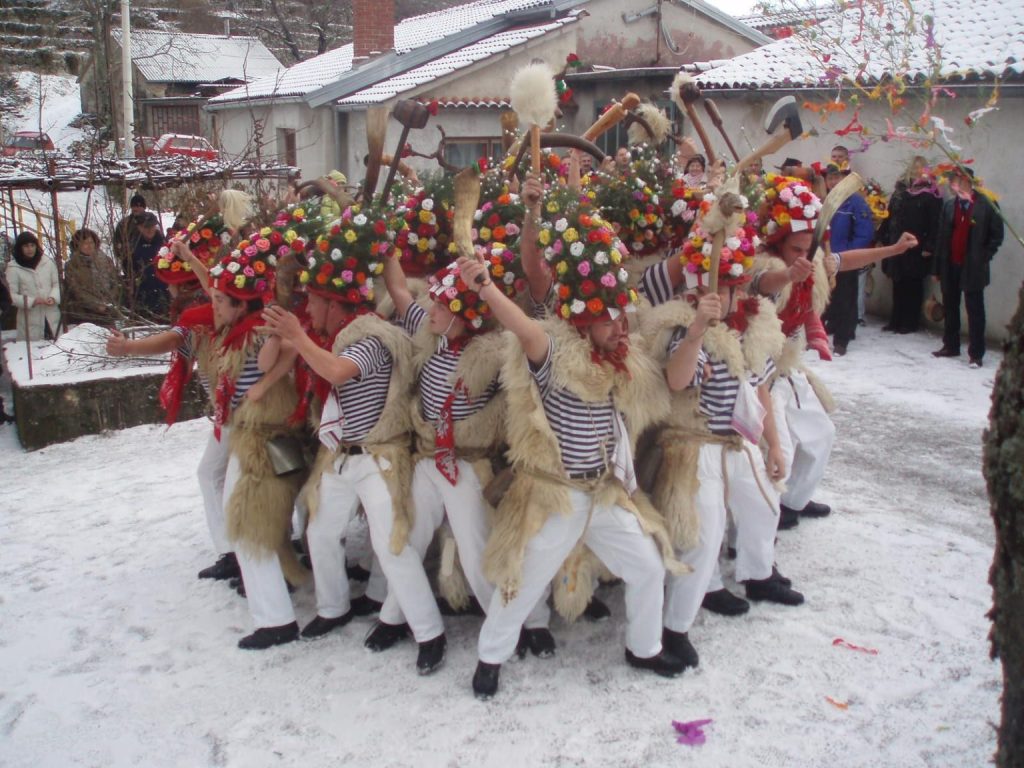
Žejane…
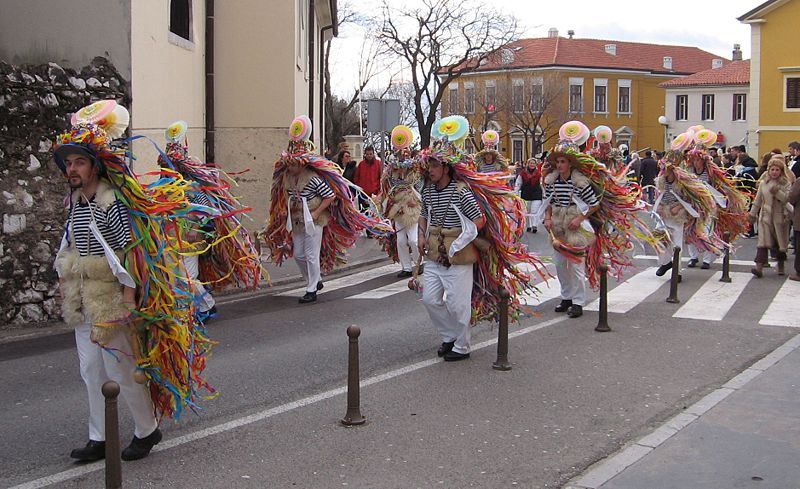
…and Veli Brgud:
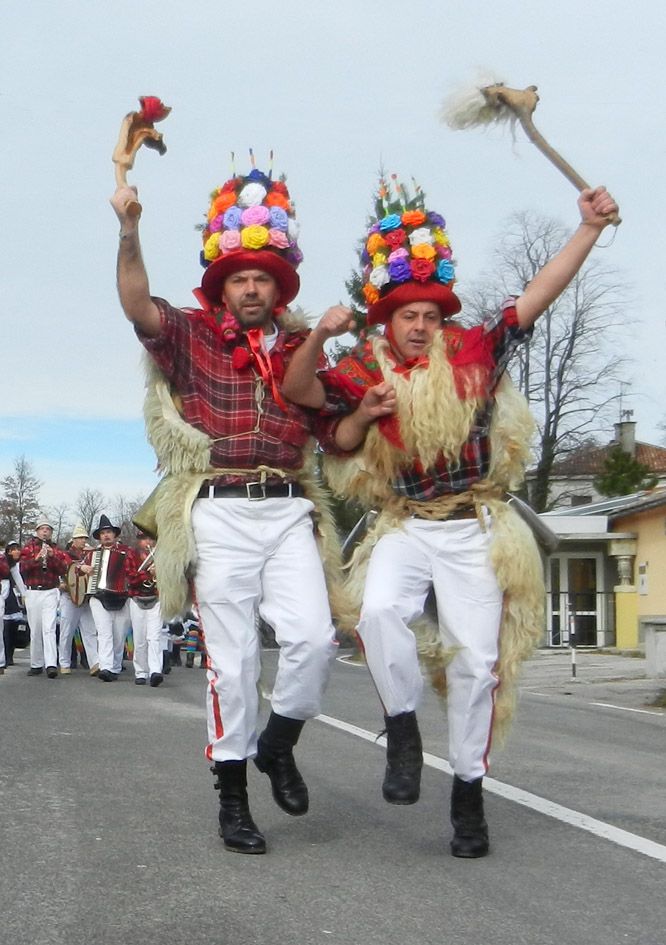
The eastern part remained under the rule of the Kingdom of Serbs, Croats and Slovenes where no such ban was in place, so the bellmen cheerfully carried on donning gigantic head masks shaped as fantastic animal heads. The best known players of this sort are the bellmen of Grobnik, called dondolaši:
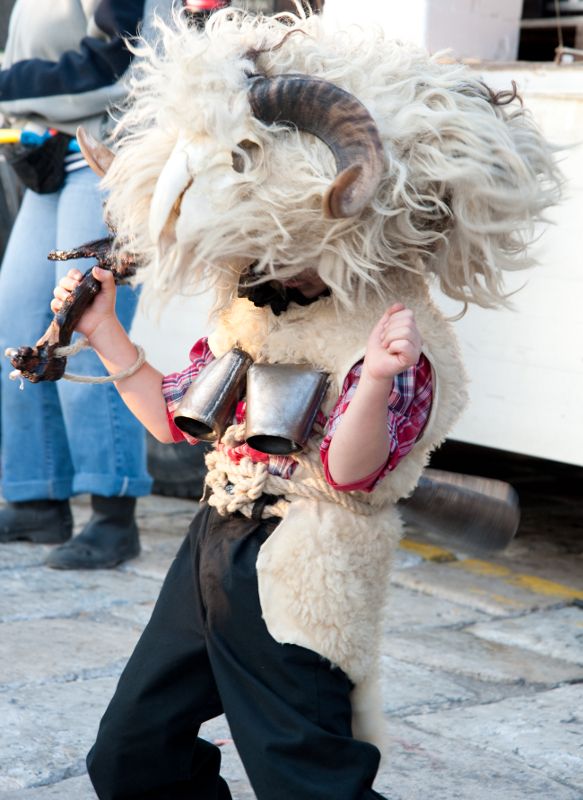
…and Halubians, the masters of the trade who perform at the carnival parade:
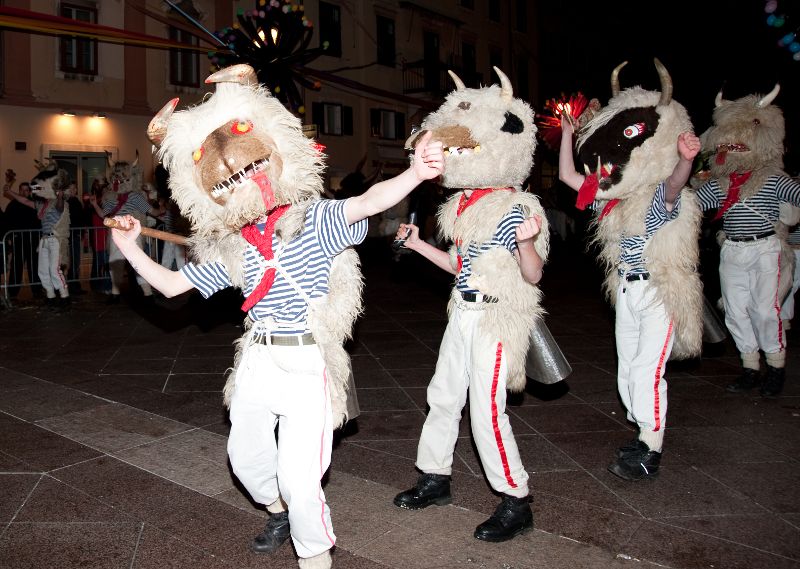
Regardless of their place of origin, all bellmen wear enormous bells attached to their belts at the small of their back, with an occasional addition of a few smaller ones in front. When it comes to headgear, however, there’s no rulebook: flamboyant flower hats, long colourful strips of crepe paper, grotesque zoomorphic designs. Threatening horns, bloodshot eyes, mouths agape, sharp teeth, tongues sticking out… As long as it’s effectively horrifying, everything goes.
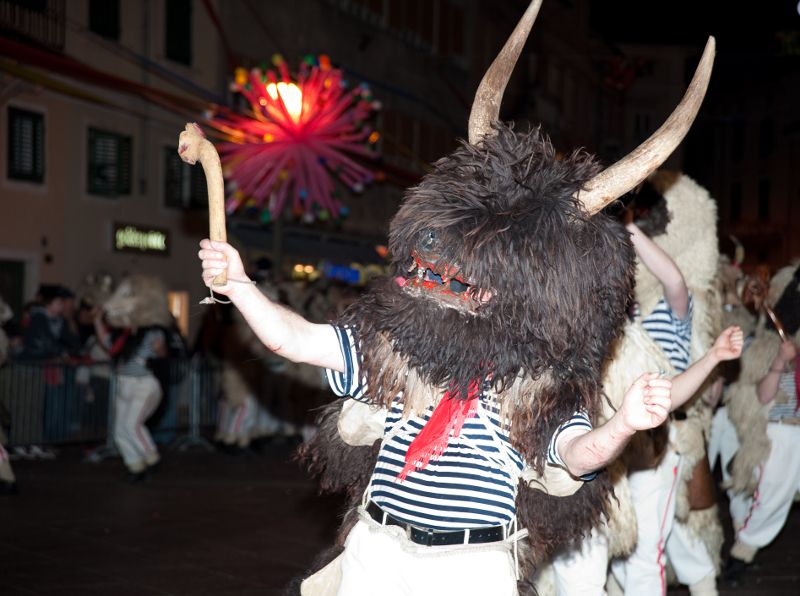
Okay, not necessarily horrifying – the youngsters are allowed a certain dose of cuteness:
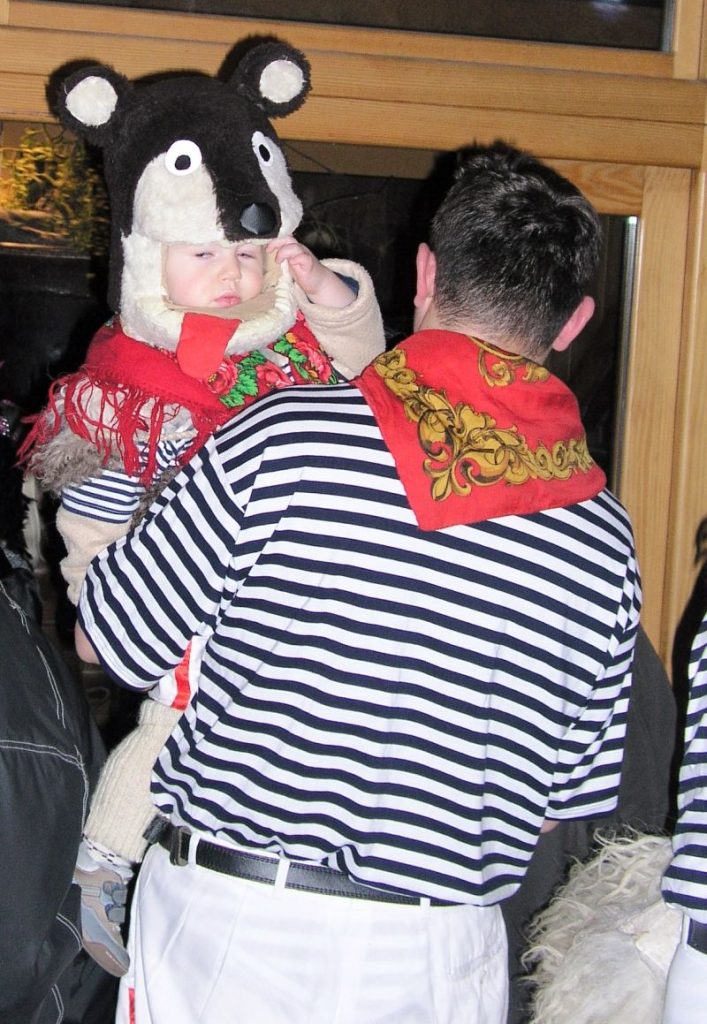
Year after year, the deafening noise of the Rijeka zvončari’s bells keeps the evil spirits at bay.





